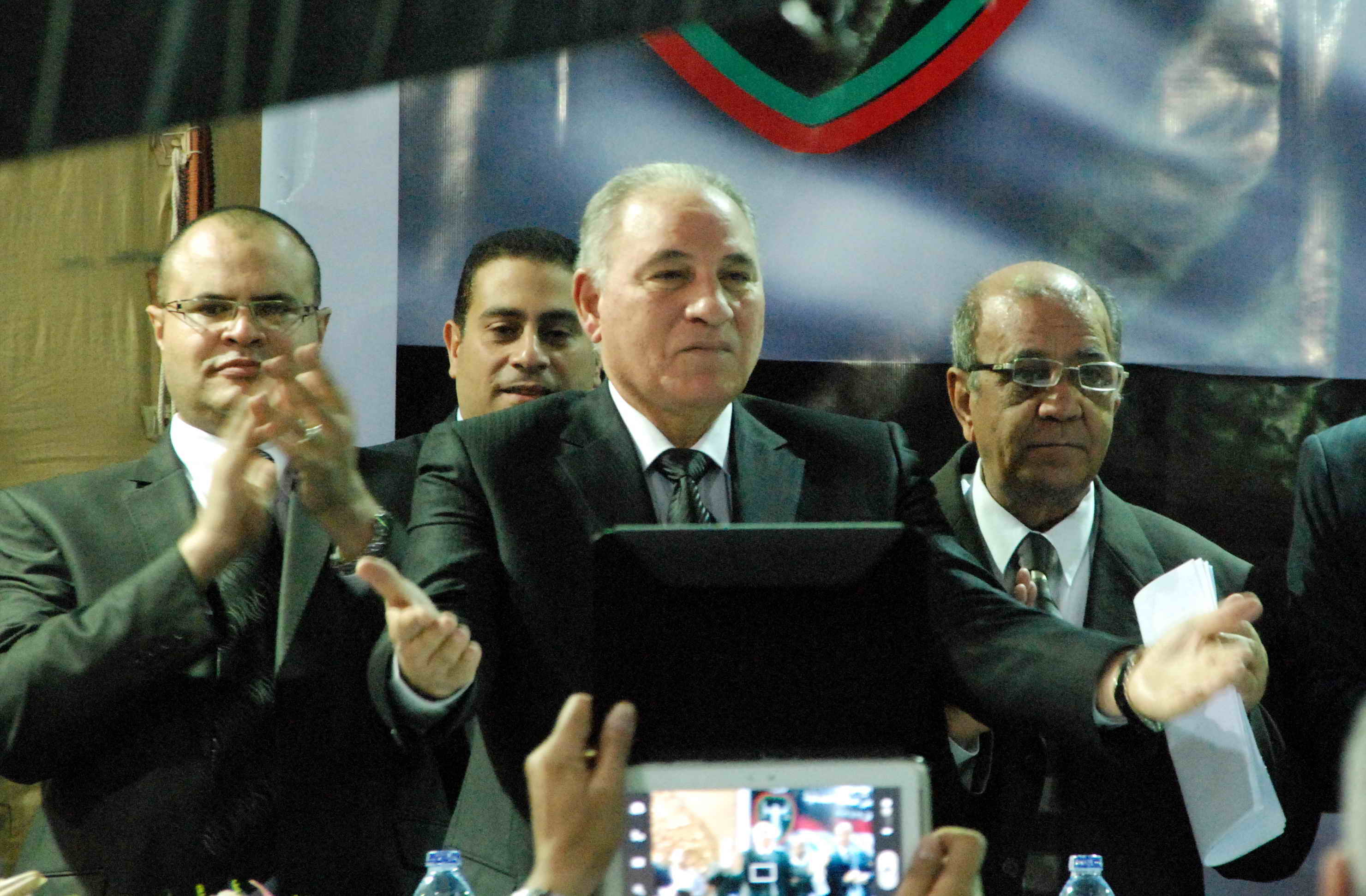TOKYO: 2010 marks the 50th anniversary of the signing of the Japan-United States Security Treaty. But, instead of celebrating an agreement that has helped stabilize East Asia for a half-century, the treaty is now at serious risk, as much from indecision as from kneejerk anti-Americanism.
In August 2009, Japan’s people voted for “change. The Liberal Democratic Party, which had ruled Japan for most of the post-war decades, lost parliamentary elections to the Democratic Party of Japan. The key reason for the DPJ’s victory was that voters were fed up with the LDP.
That feeling had been growing in the country for some time. In the election of 2005, the LDP retained power only because Prime Minister Junichiro Koizumi positioned the LDP as an agent of change. But after Koizumi left office, Japan’s prime ministers – Shinzo Abe, Yasuo Fukuda, and Taro Aso – came and went so swiftly that our country’s leadership came to seem like a “soup du jour. With so little respect being shown for the LDP’s leaders, it is no surprise that Japanese voters lost what little patience they had left for the party and its antiquated practices.
So the DPJ took power, and formed a coalition government with two smaller parties, the Social Democratic Party (SDP), and the People’s New Party (PNP). The DPJ’s only reason for being, however, is its anti-LDP stance, while the SDP has long opposed the Japan-US Security Treaty, and the PNP strongly opposes the privatizations of the Koizumi era. That does not amount to a coherent government program, and Prime Minister Yukio Hatoyama’s administration quickly revealed the DPJ’s fundamental hollowness.
But the biggest problem with Hatoyama’s government is that the DPJ took power without a coherent national security policy. This should not have surprised anyone. The DPJ was established in 1998 as a “jambalaya party, consisting of people who had abandoned the LDP, including Hatoyama himself, and the former Socialist Party.
One of the DPJ’s major campaign pledges was “change, which, at its core, meant anything but the LDP. But should opposing the LDP really mean undoing 50 years of work on national security? Although that now seems to be the case, the DPJ gave only a few lines to national security in its election manifesto, thereby avoiding infighting between the party’s left-wingers, who oppose the Japan-US Security Treaty, and its right-wingers, who support it.
Quite a few members of Hatoyama’s cabinet are as much “anti-Japan as they are anti-US. For example, Yoshito Sengoku, Minister of State for Government Revitalization, was once a member of Shaseidou, a left-wing youth group that is reflexively anti-American, as was Hirotaka Akamatsu, Minister of Agriculture, Forestry, and Fisheries. As a result, Hatoyama’s administration seems to be trying to emulate South Korea’s former Roh Moo-hyun administration, which foolishly sought to distance that country from its main defensive partner, the US. Indeed, many in the DPJ cabinet are baby boomers influenced by the radical student groups that opposed the Japan-US Security Treaty 50 years ago.
But, as these would-be radicals play politics with Japan’s national security, serious tensions are mounting in our region. China continues its military build-up, and North Korea remorselessly pursues nuclear weapons while refusing to resolve or even explain its abduction of dozens of Japanese citizens over the years. Instead of dealing with these concrete threats to Japan, Hatoyama continues to act like an opposition politician by attacking the LDP and undermining one of the proudest achievements of LDP rule, the deep and trusting alliance with the US.
Of course, disagreements do arise in the Japan-US relationship. A realignment of US military forces in Japan is needed, with priority given to relocating the Futenma US Marine Corps base on Okinawa, which houses half of the 47,000 US troops in Japan. It makes no sense to have that base located in the middle of a densely populated town, making it one of the most visible and tempting targets in the world.
Hatoyama’s administration, however, is attempting to reverse the current plan, which the LDP administration and the US had agreed upon after long and intense discussions. The problem is that Hatoyama, in backing away from the agreed plan, has no viable alternative to offer. One day Hatoyama suggests relocating the base outside of Japan, perhaps to Guam, and then next he suggests only moving it outside Okinawa, giving an impression to the world of a feckless national security strategy.
In November, when US President Barack Obama visited Japan, Hatoyama uttered the words “trust me in an attempt to settle the issue. The next day, he said things that completely contradicted what he had just told Obama – stunning the US government and ordinary Japanese alike. Since then, his administration’s approval rating has dropped from 80% to 50%. People are discovering that Hatoyama is incapable of making – and sticking with – a decision.
To be sure, finding an alternative location for the US base is extremely difficult, as Japanese are as prone to NIMBY (not in my backyard) reactions as anyone else. Moving the base to the lightly populated Henoko District in the northern part of Okinawa – a solution agreed by both governments – is the only realistic choice. Yet Hatoyama dithers, undermining the most important pillar of peace and security in the Pacific, the Japan-US alliance. This is not a favorable situation for Japan, the US, or, indeed, the entire world.
Yuriko Koike is a former Minister of Defense and Minister of the Environment of Japan, and was her country’s first ever national security advisor. This commentary is published by DAILY NEWS EGYPT in collaboration with Project Syndicate (www.project-syndicate.org)


